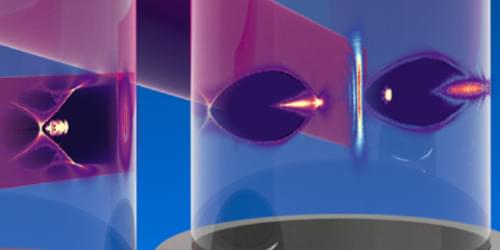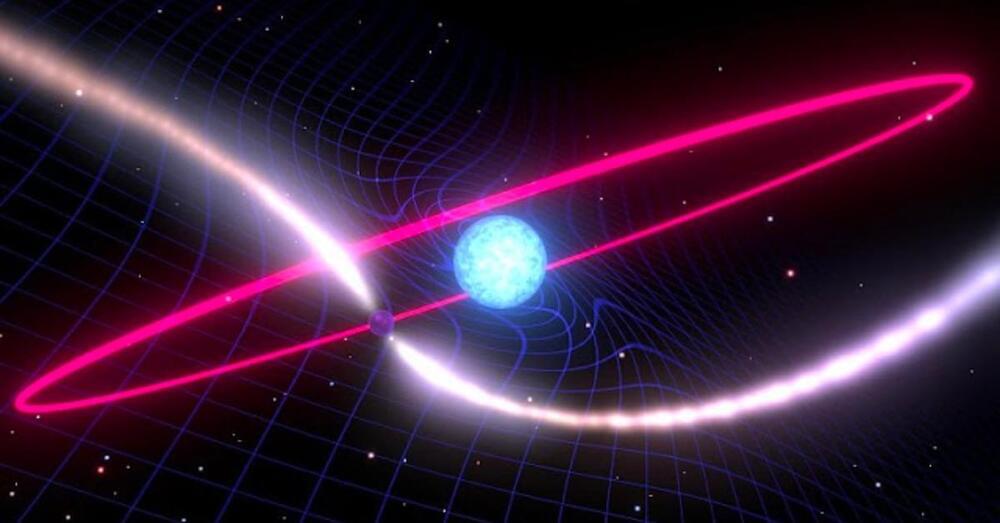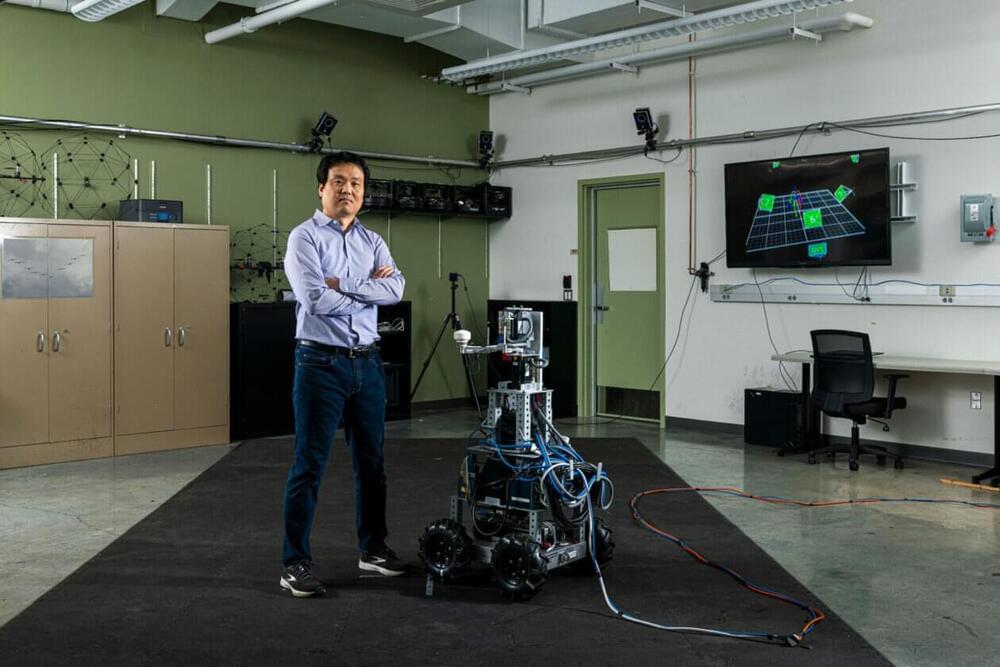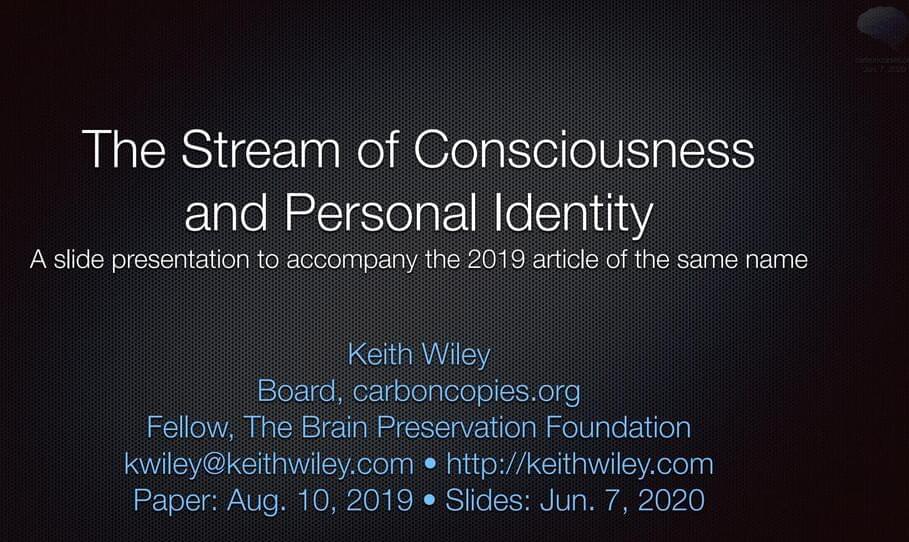A famine is increasingly likely in East Africa as rains fail for the fourth consecutive year. Violent conflicts in the Horn of Africa are undermining efforts to help the populations in need.




Start listening with a 30-day Audible trial and your first audiobook is free. Visit http://www.audible.com/isaac or text “isaac” to 500–500.
As we reach out to explore the stars, could we find our explorers getting lost on new worlds, inhabited or otherwise. What should we do if stranded on an Alien World?
Visit our Website: http://www.isaacarthur.net.
Support us on Patreon: https://www.patreon.com/IsaacArthur.
Support us on Subscribestar: https://www.subscribestar.com/isaac-arthur.
Facebook Group: https://www.facebook.com/groups/1583992725237264/
Reddit: https://www.reddit.com/r/IsaacArthur/
Twitter: https://twitter.com/Isaac_A_Arthur on Twitter and RT our future content.
SFIA Discord Server: https://discord.gg/53GAShE
Listen or Download the audio of this episode from Soundcloud: Episode’s Audio-only version: https://soundcloud.com/isaac-arthur-148927746/stranded-on-an-alien-world.
Episode’s Narration-only version: https://soundcloud.com/isaac-arthur-148927746/stranded-on-an…ation-only.
Credits:
Stranded On An Alien World.
Science & Futurism with Isaac Arthur.
Episode 368a, November 13, 2022
Written, Produced & Narrated by Isaac Arthur.
Editors:
David McFarlane.
Cover Art:


Visit our sponsor, Brilliant: https://brilliant.org/IsaacArthur/
Kardashev-2 Civilizations are hypothetical empires which encompass entire stars, with access to billions of times the energy Earth has, often seen as builders of megastructures like Dyson Spheres. But could civilizations with only the technology we have become Kardashev-2?
Visit our Website: http://www.isaacarthur.net.
Support us on Patreon: https://www.patreon.com/IsaacArthur.
SFIA Merchandise available: https://www.signil.com/sfia/
Social Media:
Facebook Group: https://www.facebook.com/groups/1583992725237264/
Reddit: https://www.reddit.com/r/IsaacArthur/
Twitter: https://twitter.com/Isaac_A_Arthur on Twitter and RT our future content.
SFIA Discord Server: https://discord.gg/53GAShE
Listen or Download the audio of this episode from Soundcloud: Episode’s Audio-only version: https://soundcloud.com/isaac-arthur-148927746/low-tech-kardashev-2-civilizations.
Episode’s Narration-only version: https://soundcloud.com/isaac-arthur-148927746/low-tech-karda…ation-only.
Credits:
Low-Tech Kardashev-2 Civilizations.
Science & Futurism with Isaac Arthur.
Episode 270: December 24, 2020
Written, Produced & Narrated by Isaac Arthur.
Editors:

A new study by Missouri S&T researchers shows how human subjects, walking hand-in-hand with a robot guide, stiffen or relax their arms at different times during the walk. The researchers’ analysis of these movements could aid in the design of smarter, more humanlike robot guides and assistants.
“This work presents the first measurement and analysis of human arm stiffness during overground physical interaction between a robot leader and a human follower,” the Missouri S&T researchers write in a paper recently published in the journal Scientific Reports.
The lead researcher, Dr. Yun Seong Song, assistant professor of mechanical and aerospace engineering at Missouri S&T, describes the findings as “an early step in developing a robot that is humanlike when it physically interacts with a human partner.”

Get a free month of Curiosity Stream: https://curiositystream.com/isaacarthur.
Giant Stars are often considered too hot and short lived to colonize, but it may be that they shall be the most powerful and pivotal systems in a future galaxy.
Visit our Website: http://www.isaacarthur.net.
Support us on Patreon: https://www.patreon.com/IsaacArthur.
Facebook Group: https://www.facebook.com/groups/1583992725237264/
Reddit: https://www.reddit.com/r/IsaacArthur/
Twitter: https://twitter.com/Isaac_A_Arthur on Twitter and RT our future content.
SFIA Discord Server: https://discord.gg/53GAShE
Listen or Download the audio of this episode from Soundcloud: Episode’s Audio-only version: https://soundcloud.com/isaac-arthur-148927746/colonizing-giant-stars.
Episode’s Narration-only version: https://soundcloud.com/isaac-arthur-148927746/colonizing-gia…ation-only.
Credits:
Colonizing Giant Stars.
Science & Futurism with Isaac Arthur.
Episode 279, February 25, 2021
Written, Produced & Narrated by Isaac Arthur.
Editors:
Darius Said.
Jason Burbank.
Keith Blockus.
Cover Art: